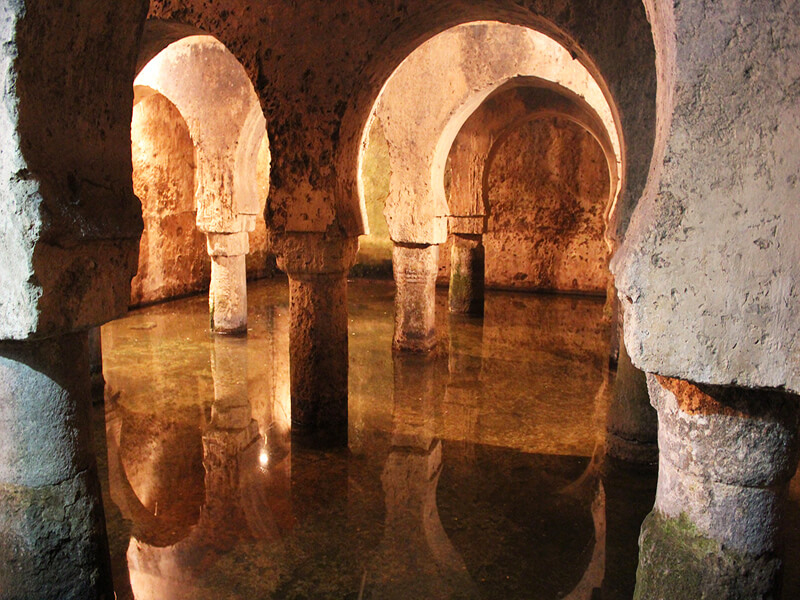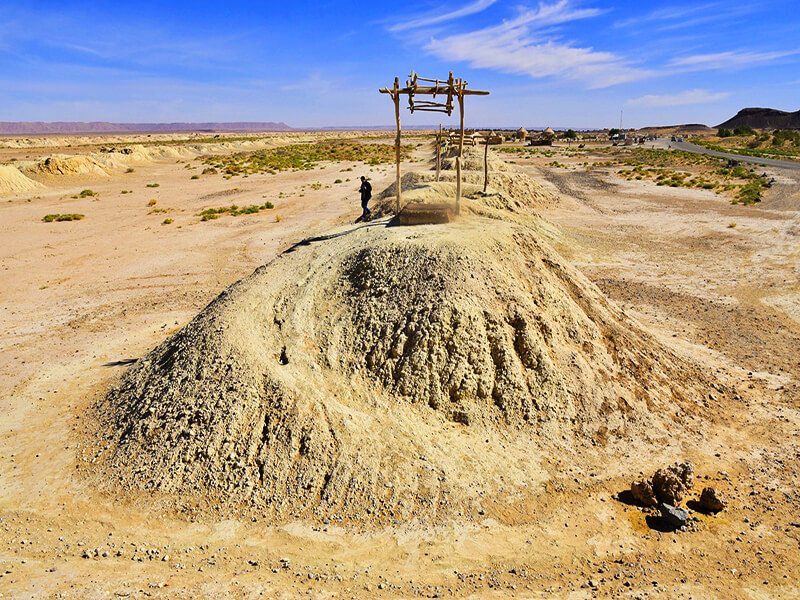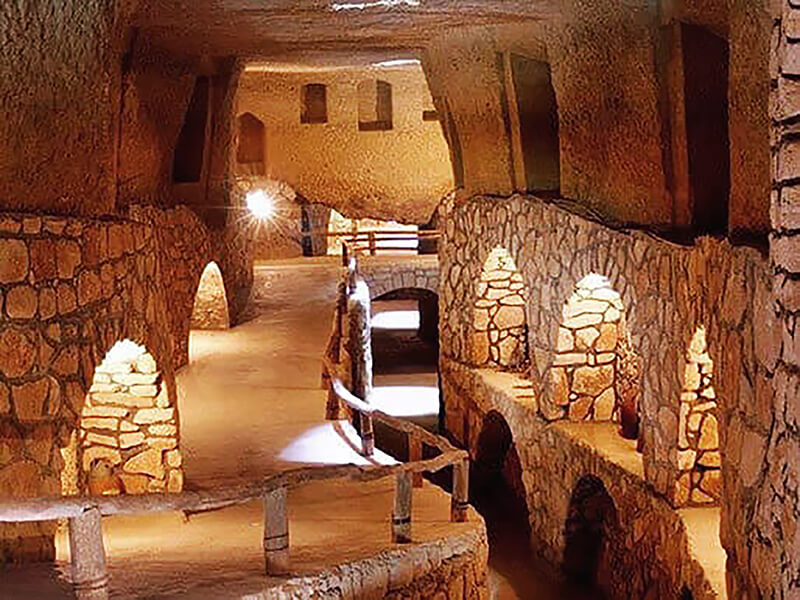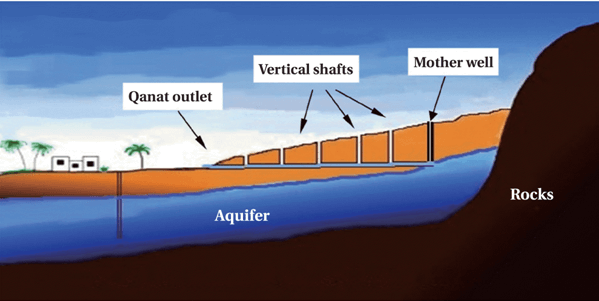
Do you know in the past, how so much life emerged in the desert of Iran? Was there a miracle that to keep people alive in such areas?
Iranian settlements did not develop around major rivers such as those in Egypt and Mesopotamia. Throughout the arid regions of Iran, Iranians settled near the foothills of mountains and at the heads of valleys, where natural springs and melting snow provided sufficient water. The melt of snow often channeled through ingenious underground canals called qanats.
That is to say, the diversity of landscapes and cultures in Iran is something that makes them different from the other people of the world. Therefore one of the oldest civilizations in the world came from this amazing diversity.
Qanat is one of the wonderful handmade creations before the discovery of the mathematical relation of Pythagoras. It is the construction of aqueducts for accessing water in arid lands and it was the secret of the ability of Iranians in arid regions to transform a harsh environment into a habitable area.
As a result, qanats have been the source of life for all of our ancestors and it still creates a reliable supply of water for human settlements and irrigation in hot, arid, and semi-arid climates.

History of Qanat Civilization Calls Us
The Qanat technology became popular at the turn of the Bronze/Iron Age, about 1000 B.C.E., but some sources state qanats were invented in Iran before this time. Other researchers believe that approximately 2,500 years ago, Achaemenid invented a method for digging qanats (underground water channels) to irrigate crops and supply drinking water and this technology spread throughout the empire. For instance, Ghasabe Qanats of Gonabad is one of the world’s oldest and largest networks of qanats (underground aqueducts) built between 700 and 500 BCE by the Achaemenid Empire which is now in Gonabad, Razavi Khorasan Province, Iran. The qanats of Gonabad have been estimated to be nearly 2700 years old.

How are Qanats constructed?
Constructing qanats was a painstaking task as follows:
We need to say that Qanats have been constructed by the hand labor of skilled workers called Muqannis (the person who digs the Qanat) or the diggers who were brilliant surveyors and had excellent knowledge about the levels, gradient, length of the qanat and topography and geomorphology of the area which was done by traditional methods. The first thing that they did was to identify an underground water source or aquifer. It surely was a difficult job and many steps had to be taken which were:
Mother Well
In order to reach the water table and locate the place of the mother well, the Muqannis (diggers), which used to be a traditional family job in Iran, had to dig a few boreholes to find the best Mother well..
The mother well sat at the beginning of the qanat and was dug deep into the water table. As Qanats lead water by the force of gravity, the mother well was usually constructed on alluvial depositions at the bed of mountains and hills.
Qanat channel
The Qanat channel was excavated by hand, and was only large enough to fit the person digging. The size depended on the depth of the water table and the slope of the ground surface; however, it could be several kilometers (Some Qanat channels in Iran are more than 100 km). The Qanat tunnel sloped gently down from the mother well to an outlet at a village or an agricultural area.
Qanat Outlet
The outlet or Mazhar was the point where people obtained water and it was generally located in the upstream end of a village or agricultural area. The mazhar was similar to a mine entrance, and the water that flowed out from a qanat was naturally “mineral” water.
Once the mother well and the outlet were located, the gallery (tunnel) was built by the Muqannis which had a slightly sloped tunnel. It was started from the outlet toward the mother well.
Shafts
These were a series of vertical wells built along the gallery between the destination point (water outlet) and the mother well to facilitate the removal of soil and to provide ventilation and access for Muqannis while they were building the gallery.

Qanat or Cooling System
A Qanat can be used for cooling as well as water supply. In this case, hot dry air enters the Qanat through one of its vertical shafts and is cooled as it flows along the cold water. Since the underground water is usually cold, the rate of cooling is quite high.

Conclusion
atFor centuries, human societies in dry lands have overcome the challenge of water scarcity through traditional methods of water harvesting. The utilization of qanat technology is one of them. We need to say that the Qanat is an ancient water management system used to provide a reliable supply of water to human settlements and for irrigation in arid and semi-arid climates. So, this traditional water supply system that needs to be protected and refined as one of the lasting legacy of historical knowledge and craft skills and need to be continuously handed down to ensure the future viability of this property.
